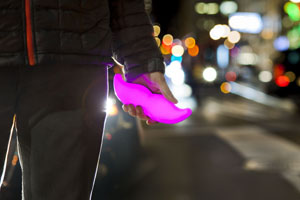By Josh Stevens
In the past year or so, two innovative companies emerged, amid bitter competition but parallel success, to solve some of transportation’s most vexing problems. They have brought spirited late-night revelers home safely. They have gotten travelers to the airport on time. They have dropped off sandwiches to hungry offices. They have given taxi companies fits.
By some accounts, Uber and Lyft, which are each operating in dozens of metro areas around the country, have only one major challenge left to overcome. It is the one that has baffled transportation planners, highway builders, soccer moms and weary executives for generations: mobility in the suburbs.
“I personally use these services to complete first-mile, last-time trips,” said Susan Shaheen, engineering professor and director of the Innovative Mobility Research program at the University of California, Berkeley. “It’s filling a gap and making it possible for me to take public transit into the city, versus driving.”
Shaheen said that in a recent survey of ride-hail passengers who were getting out of cars in downtown San Francisco, a potentially significant number had begun their trips at transit stops.
The ride-hailing companies’ ability to serve non-driving residents could be even more important than what they do for commuters or for business travelers. Campbell said that many of his passengers are elderly and that, despite the seeming divide between the smartphone and rotary phone generations, they have found the apps to be relatively easy to use.
In many areas, these options could complement, or replace, services that are often costly and inefficient. These include paratransit and assistance for the elderly.
“Agencies are raising this as a possibility,” UC Berkeley’s Shaheen said. “These trips often have to be scheduled well in advance … so spontaneous trip-making is not a possibility.”
To read full article, click here

